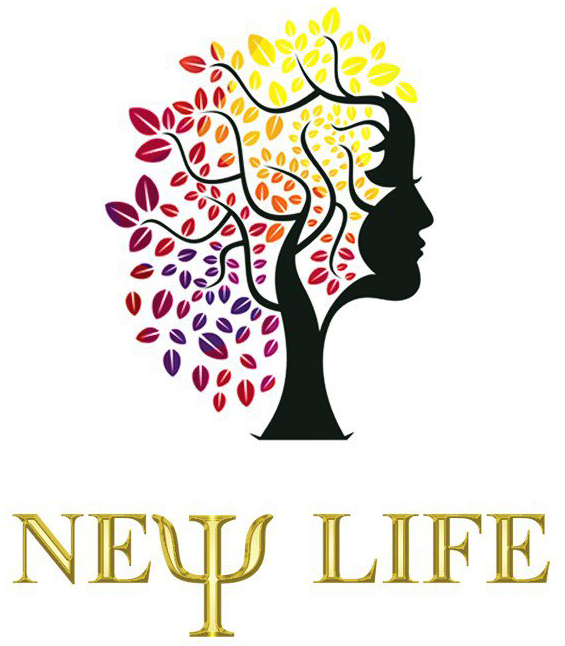1. Introduction: From Randomness to Trust—Why Transparency Matters
In the realm of gaming and online gambling, verified randomness is the cornerstone of fairness. When players spin a roulette wheel, draw cards, or roll dice in digital environments, they rely on the assurance that outcomes are genuinely unpredictable and unbiased. This trust in randomness is fundamental to maintaining a fair gaming environment, which in turn sustains player confidence and industry integrity.
However, ensuring fairness through cryptographic verification is only part of the story. Increasingly, industry stakeholders recognize that transparency—demonstrating openly how randomness is generated and verified—is essential to deepen trust. Transparency bridges the gap between technical assurance and player confidence, fostering a more credible and accountable gaming ecosystem.
For players, transparency reassures that outcomes are not manipulated; for operators, it enhances reputation; and for regulators, it demonstrates compliance with fairness standards. As the industry evolves, transparency is becoming a strategic element, transforming verification from a hidden process into a visible commitment to integrity.
Table of Contents
- Defining Transparency in Randomness Verification
- The Technical Foundations of Transparent Randomness Verification
- Challenges and Limitations of Transparency in Practice
- Building Trust Through Transparent Communication and Education
- The Impact of Transparency on Stakeholder Trust and Market Confidence
- From Verification to Transparency: A Continuum in Ensuring Fairness
- Conclusion: Reinforcing Trust—The Future of Transparent Randomness in Gaming
2. Defining Transparency in Randomness Verification
In the context of randomness, transparency refers to the openness and clarity with which the processes generating and verifying random outcomes are communicated and accessible to stakeholders. It involves making algorithms, cryptographic commitments, and audit procedures visible and understandable, so that independent parties and even informed players can scrutinize the fairness mechanisms.
Key elements that define transparency include:
- Open Algorithms: Publishing the code and logic behind random number generators (RNGs), or providing verifiable descriptions that allow independent validation.
- Public Audits: Engaging third-party auditors to examine and attest to the fairness and integrity of the randomness process.
- Cryptographic Proofs: Utilizing advanced cryptography to generate proofs that outcomes are unbiased and have not been tampered with.
It is crucial to distinguish transparency from secrecy or obfuscation. While some proprietary algorithms may be kept confidential for security reasons, fundamental aspects of the verification process should remain open enough to allow stakeholder verification—without compromising sensitive operational details.
3. The Technical Foundations of Transparent Randomness Verification
Modern cryptographic techniques are at the heart of transparent randomness verification. These methods enable stakeholders—players, operators, auditors, and regulators—to independently verify that outcomes are fair and unpredictable.
Two prominent cryptographic tools include:
- Cryptographic Commitments: These are akin to digital sealed envelopes, allowing a party to commit to a value securely without revealing it upfront. Later, the commitment can be opened and verified, ensuring that the initial value was not altered.
- Zero-Knowledge Proofs (ZKPs): These enable one party to prove to another that a statement is true—such as the fairness of a random outcome—without revealing any additional information. ZKPs are increasingly used to provide publicly verifiable assurances of fairness.
For example, some online casinos employ zero-knowledge proofs to allow players to verify that the server’s random number was generated fairly, without exposing the secret seed or algorithm details. This approach fosters transparency while safeguarding proprietary processes.
Case studies like Algorand’s cryptographic randomness protocol and the use of ZKPs in blockchain-based gaming platforms demonstrate the growing sophistication and robustness of transparent verification systems. These innovations are setting new standards for accountable randomness generation.
4. Challenges and Limitations of Transparency in Practice
Despite its benefits, implementing transparency in randomness verification faces several challenges. One primary concern is the complexity of cryptographic techniques, which can be difficult for the average player to understand. This complexity risks creating a gap between the technical assurances provided and the perceived fairness by the community.
Moreover, some operators might hesitate to reveal too much about their algorithms or security measures, fearing that full transparency could expose vulnerabilities or diminish proprietary advantages. Balancing transparency with security and intellectual property rights remains a delicate task.
There is also a risk of over-reliance on cryptographic proofs alone. Without effective communication and education, stakeholders might question the legitimacy of the verification process, especially if they lack the technical background to interpret cryptographic evidence.
To address these issues, transparent systems should incorporate user-friendly explanations, visualizations, and third-party attestations that translate complex cryptography into accessible information. Building this bridge is essential to ensure transparency translates into genuine trust.
5. Building Trust Through Transparent Communication and Education
Effectively communicating how randomness is verified is crucial to fostering trust among players. Clear, straightforward explanations about the cryptographic methods used, supported by visual aids and step-by-step guides, can demystify the verification process.
Third-party audits and certifications play a vital role in bolstering credibility. When reputable independent organizations verify and endorse a platform’s transparency measures, players gain confidence that the system is fair and secure.
Educating players about the importance of transparency helps them understand why cryptographic proofs and audit reports matter. Initiatives such as tutorials, FAQ sections, and live demonstrations can empower players to interpret verification results and recognize genuine fairness.
As the industry advances, transparency should be seen not as a one-time achievement but as an ongoing commitment—continuously communicated and reinforced to uphold trust.
6. The Impact of Transparency on Stakeholder Trust and Market Confidence
Transparency influences various aspects of the gaming ecosystem:
- Player Loyalty: When players see clear evidence of fairness, their confidence grows, leading to increased engagement and loyalty.
- Operator Reputation: Transparent practices enhance credibility, attracting more users and fostering positive brand perception.
- Regulatory Approval: Demonstrating openness to independent audits and cryptographic verification aligns with compliance standards, easing regulatory approval processes.
Long-term, these factors contribute to a more resilient and trustworthy gaming market. Transparency not only mitigates concerns about manipulation but also encourages industry innovation, as operators seek to improve verification methods and communicate their efforts effectively.
7. From Verification to Transparency: A Continuum in Ensuring Fairness
Building upon the foundation laid by verified randomness, transparency elevates the commitment to fairness by making verification processes accessible and understandable. While verification ensures outcomes are unbiased, transparency ensures stakeholders can see and trust that these mechanisms are genuinely in place.
In practice, this creates a continuum where initial cryptographic verification acts as a practical safeguard, and transparency acts as a social contract—demonstrating that the operator has nothing to hide and is committed to integrity. Together, they form a robust framework that sustains the trustworthiness of gaming systems.
As emphasized in the parent article, “verified randomness” is the first step toward fairness. By embracing transparency, the industry takes a significant leap forward—transforming technical assurances into public confidence.”
8. Conclusion: Reinforcing Trust—The Future of Transparent Randomness in Gaming
Looking ahead, emerging trends such as blockchain-based randomness, decentralized verification protocols, and real-time audit dashboards are shaping a future where transparency becomes even more integral to gaming integrity. Innovations in cryptographic proofs and user-friendly interfaces will make transparency more accessible, ensuring players and regulators can verify outcomes effortlessly.
The ongoing importance of transparency lies in its ability to build enduring trust amidst evolving technological landscapes. As the industry continues to innovate, maintaining openness about verification methods will be vital—deepening confidence and safeguarding the fairness of gaming environments.
In essence, transparency complements verified randomness not as a substitute but as a vital partner—creating a resilient, trustworthy foundation for fair gaming now and into the future.



